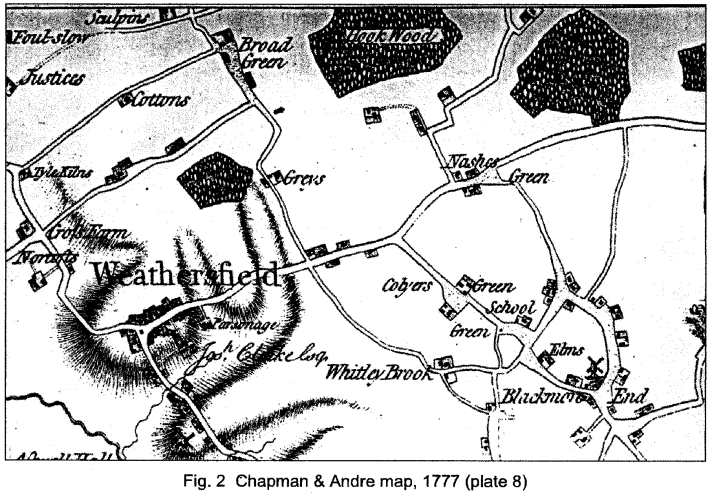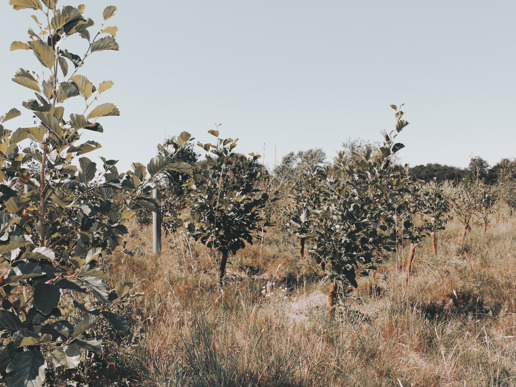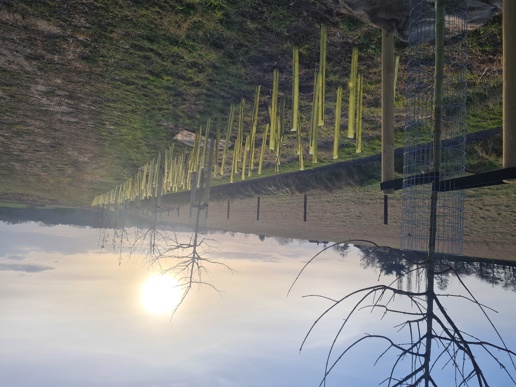The Story of Wildfell

In August 2021, Ground Control bought a 296-acre estate in North Essex, near the village of Wethersfield in Braintree District. The area is known as Gray’s Farm and until relatively recently was used as an arable farm. The estate includes a mix of good arable land, woodland and grassland. The River Pant flows nearby, feeding streams and several ponds on the estate.
Ground Control have since renamed the site the Wildfell Centre for Environmental Recovery and are now using it as a nature-recovery pilot site. New land management practices will be tested here to showcase how Ground Control’s landowner clients can change management regimes to restore nature.
There are indications of extensive agricultural activity on this land which go back a very long way. We take a look here at the estate’s agricultural development through the ages and also offer a glimpse of its exciting future.
Earliest Records
The village of Wethersfield is mentioned in the Domesday Book, completed in 1086, as “Witheresfelda.” Although little is known about exactly how the land at Gray’s would have been used back then, historical records, as well as some of the old agricultural buildings on the estate provide some clues. The land has probably been farmed one way or another, for at least 700 years.
Post Medieval Period
In the post medieval period, farms in the south-east of England were ‘mixed’, producing cereals and livestock, and it is likely, looking at historical records of the farm buildings, that Gray’s Farm was indeed a mixed farm.
Arable and livestock farming were mutually dependent on each other. Cereals were produced as a cash crop and for animal feed. In return the animals provided transport, power, manure for the crops, wool, meat and dairy products. The quality of the soils at Gray’s is good, so it is likely to have been a very productive location for farming over the centuries.
Although there is no physical evidence for a medieval scattered farmstead at Gray’s, the fact that the farmhouse itself dates back to the 16th century, and has associations with medieval gentry, makes this a possibility.
Gray’s on the Map
“Grays” first appeared on a map nearly 250 years ago, in 1777 (see below).

A sales catalogue dated sometime between 1766 and 1806 mentions “Convenient barns, stables & other outhouses in good repair and diverse closes (enclosures) of arable land, pasture & wood-ground.”
By the 1840s there are records of a substantial barn and byre on the west side of a square yard, as well as two other structures - probably stables. The size and layout of the barn suggests that the main focus of the farm was growing grains.
The Golden Age of Agriculture
The history of the standing agricultural buildings on the estate suggests that a farming complex developed over time. We know that in the mid-19th century Gray’s Farm expanded into cattle farming. It seems to have been typical of many improved mixed Essex farmsteads that expanded during the “Golden Age of Agriculture.” This was a period when the demand for milk, meat and bread grew, driven by a growing urban population and an expanding railway network for distribution purposes.
Recent History
After the expansion of the farm in the 19th century the layout of the farm buildings at Gray’s Farm remained largely unchanged up until the 1940s. After the War, the farm gradually became neglected. In the 1970s Britain entered the EEC and this accelerated a move into a more intensive form of agriculture. It may have been this which ended Gray’s Farm’s centuries long era as a working farm.
The purchase of the estate by Ground Control comes as welcome news. It means that Gray’s Farm will be reborn in a new guise, as Wildfell, and the land will have a new, but still nature-driven, purpose.
Looking to the Future
The Ground Control master plan for Wildfell will embrace the site's heritage and importance to the local community while also giving it a nature-positive future.
Commenting on the plans, Managing Director Jason Knights said: “The development of Ground Control’s Wildfell Centre for Environmental Recovery will be the biggest landscape scale nature-recovery project the business has undertaken in its 50-year history. Made possible by an initial £2m Evergreen Fund investment into the purchase of the site, and with input from a ‘super-group’ of collaborators. ‘Project Wildfell’ enables us to lead by example by sharing a showcase of environmentally conscious land management practices, providing proof of concept to public and private landowners. Watching how Wildfell takes shape and sharing knowledge related to new land management practices that boost biodiversity, increase habitat diversity, and increase nature recovery network connectivity is going to be fascinating.”

Ground Control plants trees dedicated to the UK’s eco-champions

Ground Control invests in the Wildfell Centre for Environmental Recovery




